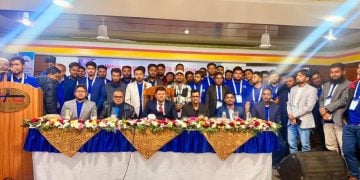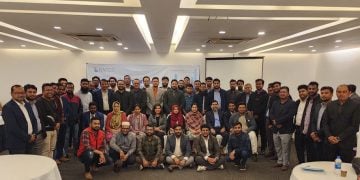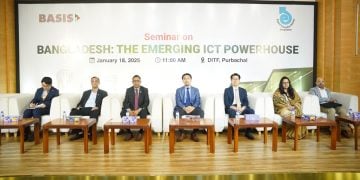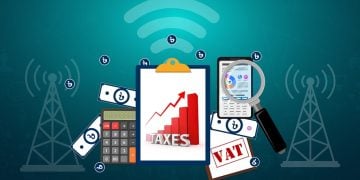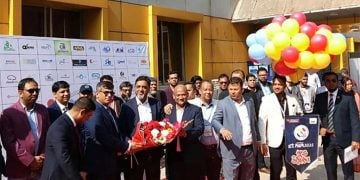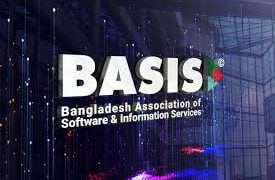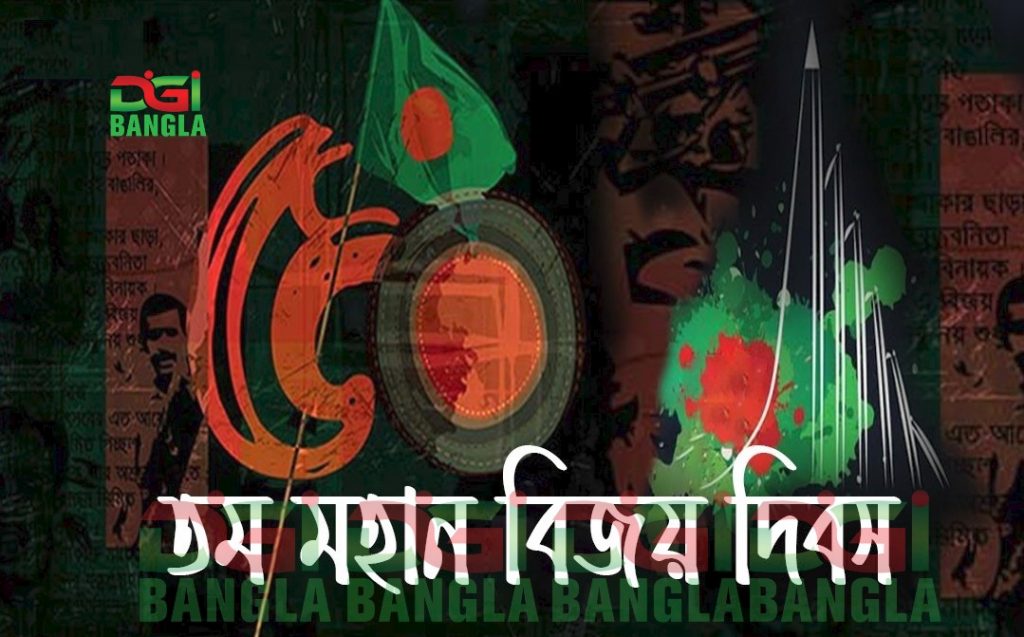After India’s Kolkata or Delhi and Pakistan’s Lahore, Bangladesh became the third country in South Asia to launch electric trains. Dhaka joined Metro Club on Wednesday. That is, continuous electricity is now needed to run this train. So this power is being supplied to the train from the national grid.
But if you can’t provide uninterrupted electricity from the national grid! No, Dhaka Mass Transport Company Limited (DMTCL) has already taken measures to solve this problem. A system of high capacity batteries has been kept to ensure power supply in case of emergency by converting fear into energy. Energy Storage System or ESS technology is used. As a result, the energy obtained from braking the train will be stored in the battery through ESS technology, which can be used later.
The ESS is essentially a backup system, which will be regularly charged with regenerative braking energy of the train.
According to DMTCL, there will be two receiving substations at Uttara Depot and Motijheel area to ensure uninterrupted power supply for Metrorail operation. Two separate circuits of 132 kV from Power Grid Company of Bangladesh (PGCB) Maniknagar grid substation at Motijheel receiving substation; Uttara receiving substation will receive electricity through one circuit of 132 KV from Tongi grid substation of PGCB and another circuit of 132 KV from Uttara grid substation of Dhaka Electric Supply Company Limited (DESCO).
Both receiving substations will have one additional transformer as backup. There will be a 33 KV electrical connection from DESCO’s 33 KV substation to Sheorapara metro station in the old airport area.
DMTCL, the project construction and management authority, said that by using Energy Storage System or ESS technology, the battery will continue to be charged from the train’s braking system during movement. If for any reason the power supply from the national grid is not available at any time, the metro trains will be brought to the nearest station by supplying power from the ESS of the Metrorail. In this way, electricity will be saved on the one hand, and it can also be used to keep the train running in case of emergency.
Rasono Tetsuya, an official at Marubeni-L&T JV, which supplies electronic and mechanical systems for the Metrorail, said the energy storage system, or ESS, was supplied by Japanese company Toshiba. On the other hand, the supply of power UPS comes from Fuji Electric.
It may be noted that, the country’s first fully electrified metro rail has started running automatically. For this, an Operation Control Center (OCC) has been set up at the depot at Diabari in Uttara. Also, radio antennas are installed every 200 to 300 meters along the railway line. Each train has four antennas. Each antenna will communicate with the train and control center. When the train arrives at the station, it cannot move more than six inches to and fro where it is supposed to stop. Then the train door and platform door will not be along.
Its ticketing system is also fully computerized.



